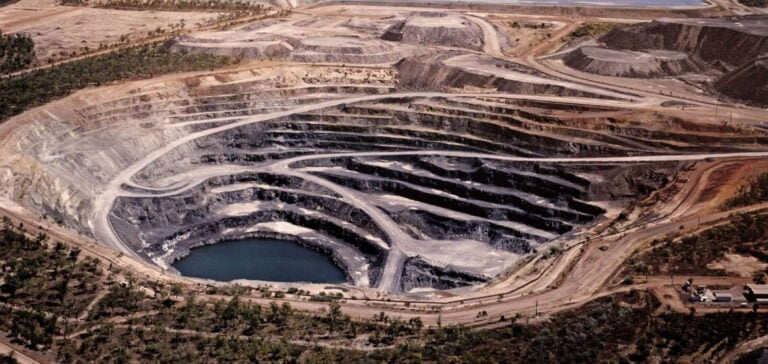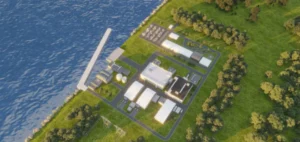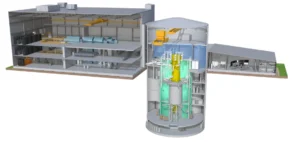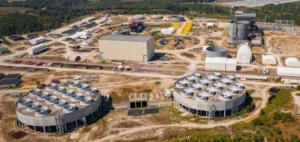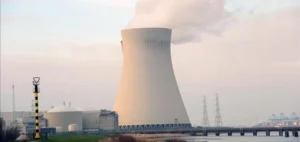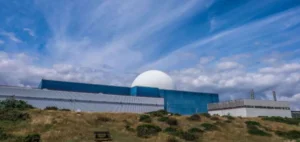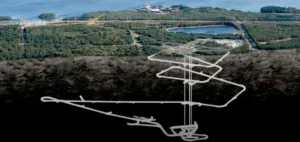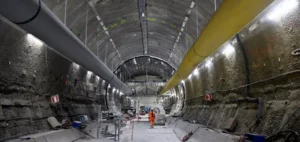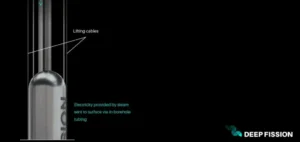Purepoint Uranium Group Inc. announced the start of an airborne Z-Axis Tipper Electromagnetic (ZTEM) deep detection survey at Hook Lake, Canada. The Hook Lake JV follows the discovery of the Arrow deposit near Patterson Lake. It is a joint venture between Cameco Corporation (39.5%), Orano Canada Inc. (39.5%) and Purepoint (21%).
Purepoint will carry out an airborne ZTEM survey covering the northern part of the Carter and Patterson corridors. It will cover 653 kilometers of flight at 300-meter intervals. The results should be available this summer. ZTEM technology is used to measure variations in electromagnetic fields. Variations in electromagnetic fields are in turn used to measure the resistivity contrast of rock structures and thus detect uranium deposits.
High-grade uranium deposit
The heavy metal exploration project is one of the largest in the Athabasca Basin. Indeed, the region contains high-grade uranium, and mining it seems relatively accessible. It was recently the subject of an airborne gravity survey, in 2019.
The project was funded by the Targeted Geoscience Initiative, a federal geoscience program. Results from the southern Carter Corridor showed the same high gravity response as the Triple R and Arrow uranium deposits. They seem to confirm the presence of high-grade uranium deposits.
Canada is the world’s second-largest uranium producer. It is also home to one of the world’s largest deposits of high-grade uranium. Its content can reach concentrations up to 100 times higher than the global average. The results of the Hook Lake JV project could strengthen Canada’s position on the world uranium market.


